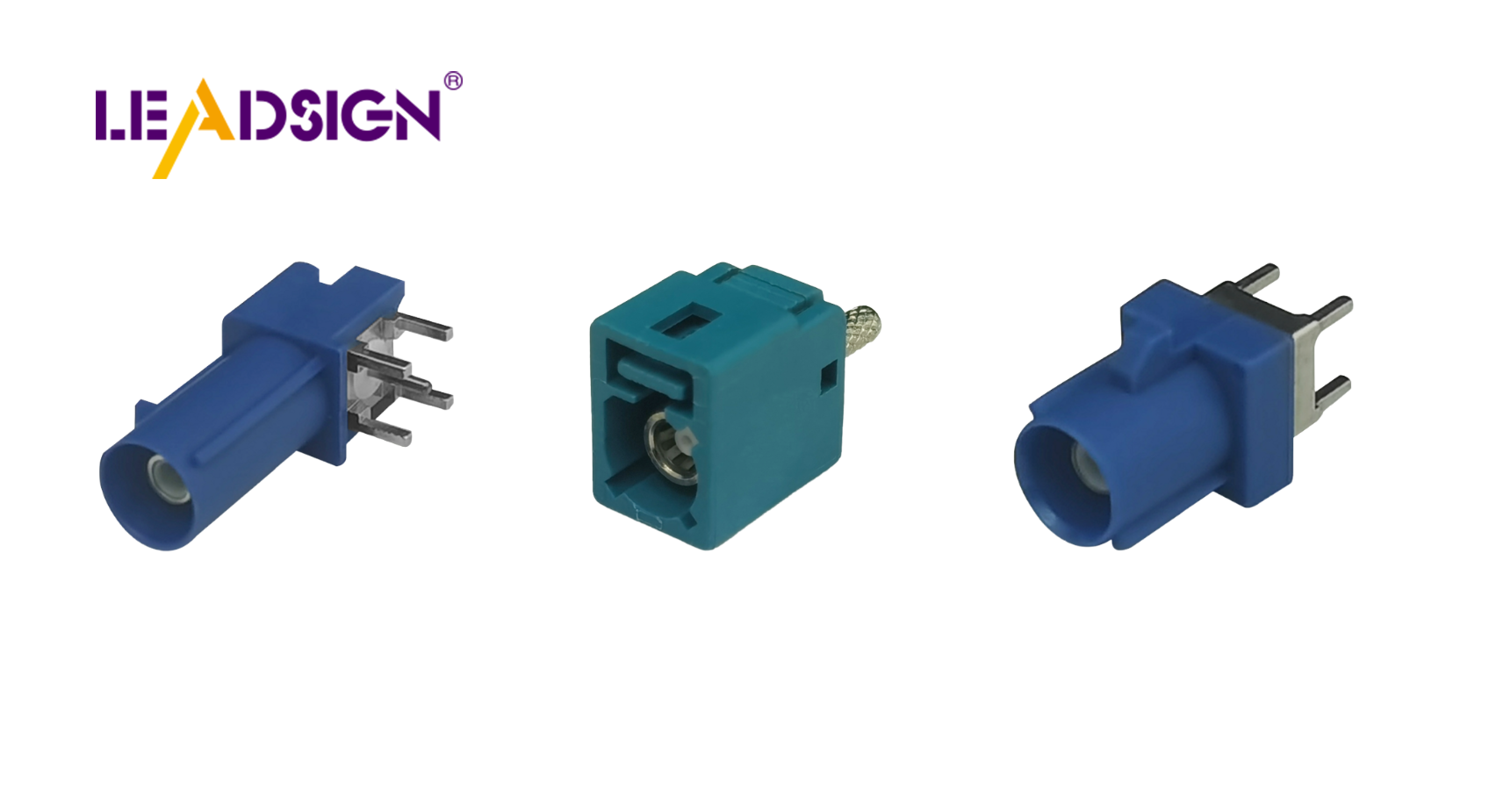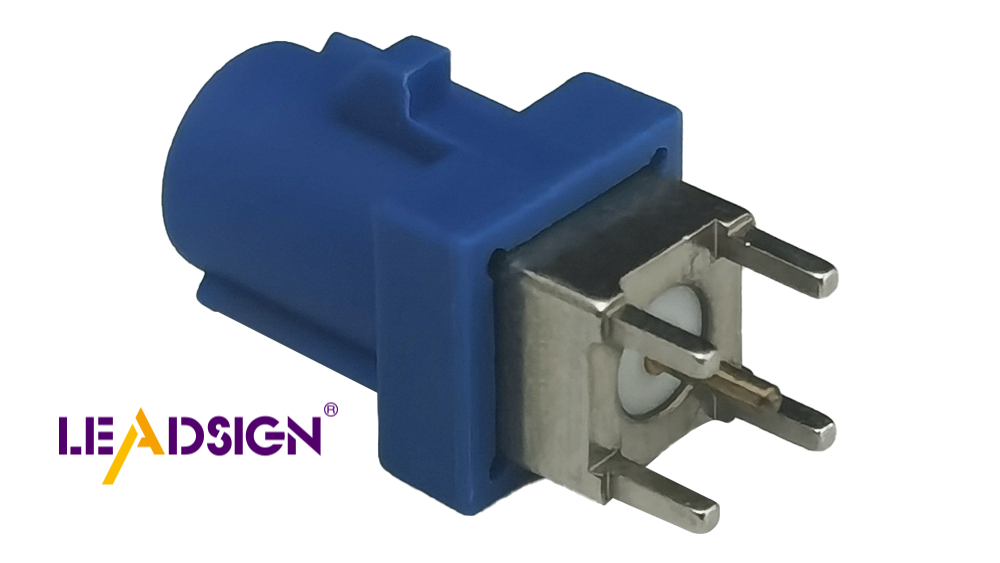Revolutionizing Car Wiring Harness Kits with Modular Designs

Car harness connectors are important in today’s vehicles. They help parts communicate easily. Modular designs are changing car technology. They make things flexible and efficient. Electric cars are becoming more popular now. Modular platforms are very important for them. By 2026, 15 million new energy cars may be sold. This shows why new ideas are needed.
Key Takeaways
Modular designs make car wiring easier by splitting it into smaller parts. This helps with quick fixes and saves both time and money.
Using common parts in modular systems lowers costs and cuts waste. Car companies can create different models without starting over, making work faster.
Modular connectors improve how cars work and feel. They allow quicker building, better quality, and fit new tech like electric and self-driving cars.
Understanding Modular Designs in Car Harness Connectors

What modularity means in car wiring systems.
Modularity in car wiring means splitting wires into smaller parts. Each part is made separately and then joined together. This method makes the system easier to change. You can add or remove parts without disturbing others. For example, one part might control the dashboard wires. Another part might handle the rear lights. This setup makes the design simpler and less messy. It also uses fewer wires and keeps them organized. By dividing the car into zones, each area gets its own wiring system.
How modular connectors differ from traditional ones.
Traditional connectors use one long wire for the whole car. This makes the system heavy and hard to handle. Modular connectors break wires into smaller, easy-to-manage pieces. Think of them like puzzle pieces that fit together. Each piece has a job and connects smoothly to others. Modular connectors make building cars faster and fixing problems easier. If one part breaks, you only replace that part. This saves time and money compared to replacing the whole system.
Why modular designs matter in modern car trends.
Modular designs match today’s car technology needs. Electric cars are becoming more popular, and modular systems help. They cut costs and speed up making new cars. By using standard parts, it’s easier to add new features. Car makers now focus on fewer, flexible designs to save time. This shows how modularity helps meet the fast changes in the car industry.
Benefits of Modular Wiring Harness Designs
Quick adjustments for different vehicle needs.
Modular designs help change wiring systems for various vehicles fast. Each part works alone, so you can swap or add pieces easily. For instance, a car with fancy screens may need extra connectors. A simpler car might not need those. This lets makers build many car types without starting over. It gives a custom fit for every vehicle’s needs.
Saving money in making and fixing cars.
Modular wiring saves money in many ways. Makers use standard parts, cutting the need for special ones. Making parts separately also speeds up building. For example:
Standard parts lower costs by making many at once.
Broken parts can be swapped without tossing the whole system.
Testing each part alone makes them work better and last longer.
Benefit | Explanation |
|---|---|
Lower Costs | Standard parts mean fewer special pieces, saving money. |
Less Waste | Broken parts are replaced, not the whole system. |
Easier Building | Simple steps allow faster and smoother production. |
Making parts separately speeds up putting them together. | |
Better Quality | Testing each part improves how well it works. |
Easier to fix and repair.
Modular wiring makes fixing cars simpler. Labeled wires help find problems fast. If one part breaks, only that part is replaced. This saves time and money on repairs. Parts can be tested and built at the same time, making them reliable. You get quicker fixes and better repair systems.
Helping the planet and cutting waste.
Modular designs are good for the environment. Parts can be reused in different cars, cutting down on waste. This means less trash and a smaller impact on nature. By being flexible and lasting longer, modular systems make cars greener.
Technological Innovations Driving Modular Connectors
AI-powered optimization for design and assembly
AI is changing how modular connectors are designed and built. Tools like Cableteque’s PIA software use AI to make work easier. This software finds problems and creates digital copies for learning. It works with CAD tools to fix mistakes early and avoid risks.
AI tools help make designs faster and keep quality high.
They let makers quickly adjust to what buyers want.
As AI improves, it saves money and boosts efficiency.
This new technology helps modular connectors meet today’s needs quickly and accurately.
Lightweight materials for improved efficiency
Lightweight materials are important for better modular connectors. They lower weight, improving car performance and saving fuel. Electric cars benefit from using less energy with these materials. Lighter designs are easier to build and reduce stress on wires. This supports the rise of electric cars in the market.
High-speed connectivity enabled by 5G integration
5G is changing how cars stay connected. Modular connectors now send data faster, helping with maps and entertainment. With 5G, cars handle big data quickly, making driving better. This tech connects systems smoothly, making cars smarter and quicker to respond.
Thermal management solutions for electrified vehicles
Thermal management is key for electric cars. Bosch made flexible cooling units that work better and are simpler. These units can cool or heat as needed. Quick Connectors move fluids safely, and easy designs make setup simple. These ideas keep car systems safe and working well.
Real-World Uses in Today's Cars
Modular connectors in electric car systems
Modular connectors are key for making electric cars better. They make designs simpler and let makers build flexible systems. For example:
The Donut system uses modular connectors to speed up EV building.
Makers pick parts from a catalog and link them with standard connectors.
Oruga, a Latvian off-road EV company, uses this system for their one-roller car.
These connectors help electric cars by cutting down on complexity. They also make it easier to meet the rising need for connected cars.
Helping self-driving cars with smart wiring
Self-driving cars need smart wiring to handle their many systems. Modular wiring splits wires into smaller, useful sections. This makes fixing or changing systems easier. As self-driving grows, cars need more sensors and communication tools. Modular designs make adding these upgrades simple and fast. They also support ADAS features, making cars safer and smarter.
Examples of companies using modular designs
Many car companies use modular designs to work faster. Here are some examples:
Car Maker | Modular System | Start Year | Models Included |
|---|---|---|---|
Volkswagen | MQB | 2012 | Many types and models |
Toyota | Various | N/A | Many types and models |
Renault-Nissan | Various | N/A | Many types and models |
Mercedes-Benz | Various | N/A | Many types and models |
BMW | Various | N/A | Many types and models |
Changan | Various | N/A | Many types and models |
Geely | Various | N/A | Many types and models |
GAC | Various | N/A | Many types and models |
These companies show how modular systems save time and add flexibility.
Boosting car performance and user experience
Modular connectors make cars work better and feel better to use:
They make car designs and building easier.
They allow for more options to fit different needs.
Less complexity means lower costs and better performance.
Faster building improves the experience for car users.
With modular connectors, cars become smarter, more reliable, and fit your needs better.
Future Trends in Automotive Wiring Systems
Predictions for widespread adoption of modular connectors
The car industry is moving to modular designs and flexible wiring. This change helps meet different car needs and goals. As cars get smarter, modular connectors will support complex systems. These include automation and better connectivity. Electric cars also need these connectors. They handle fast data and tough conditions well. Modular connectors will likely become common in future car technology.
Challenges and solutions in scaling modular designs
Making modular designs bigger has problems, but there are fixes:
Problems:
Complex designs need careful planning to work well.
Mixing standard and custom parts can cost more.
Joining parts from different makers can cause issues.
Fixes:
Study modular designs to understand them better.
Work with suppliers to ensure parts fit and work.
Create clear rules to make designs simpler.
These ideas help solve problems and grow modular designs easily.
Alignment with sustainability and smart vehicle trends
Modular wiring helps the planet by cutting waste and reusing parts. You can use the same parts in many car models. This reduces trash and saves materials. It also supports smart and connected cars. Modular systems are efficient, making them great for electric and self-driving cars. Using modular designs helps create greener and smarter cars.
Collaboration driving innovation in car harness connectors
Teamwork between car makers and tech companies is boosting modular connectors. Car makers work with harness builders to make custom wiring for electric cars. They test these systems to ensure safety and quality. Working together also makes production faster and cheaper. Harness builders help fix problems and keep systems running. This teamwork ensures modular connectors meet modern car needs.
Modular designs have changed car harness connectors in many ways:
Tesla uses modular wiring to make wires shorter and better.
Sub-harness parts are built at the same time, saving time.
This method makes cars lighter and easier to put together.
For car makers, modular systems are easy to grow and waste less. They allow simple upgrades and changes. These designs also help the planet by reducing trash and reusing parts.
In the future, modular wiring will improve with light materials, smart AI, and fast connections. These changes will create smarter and eco-friendly cars for tomorrow.
FAQ
Why are modular wiring harnesses better than old ones?
Modular harnesses make car systems simpler and easier to fix. You can replace one part without touching the rest. This saves money, time, and keeps wires neat.
How do modular connectors boost car performance?
Modular connectors cut down on extra wires. They make systems lighter and work faster. This helps save energy and supports new car features.
Can modular designs help build electric cars?
Yes, modular designs make building electric cars quicker. They use standard parts, which speeds up the process. This helps meet the rising need for electric vehicles.
See Also
Transforming Vehicle Connectivity With HFM Connector Benefits
Discovering Mini Fakra Connector Benefits For Vehicles
Enhancing Vehicle Data Transfer With Advanced Connectors
Harnessing High-Speed FAKRA-Mini Connectors For Automotive Innovation

